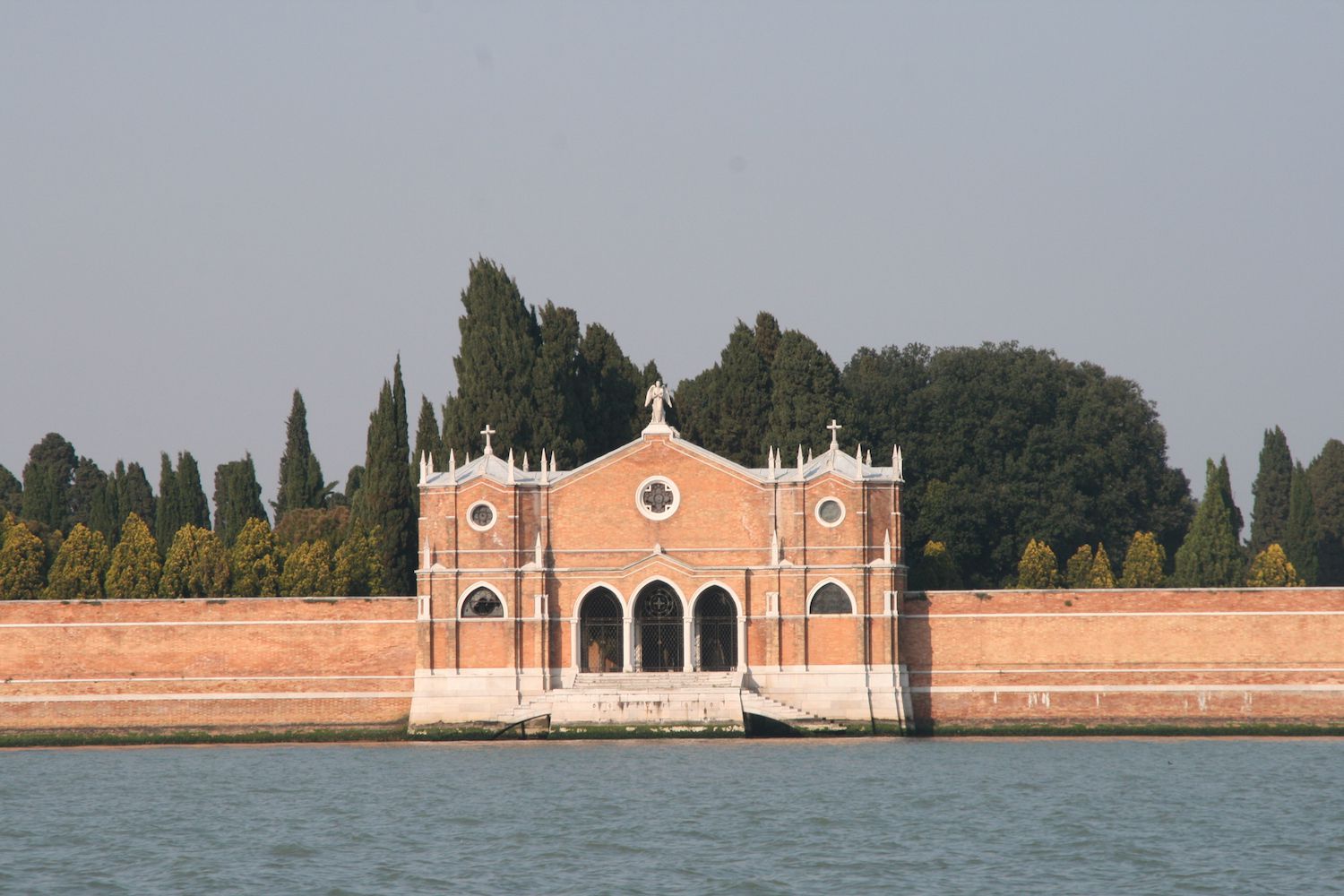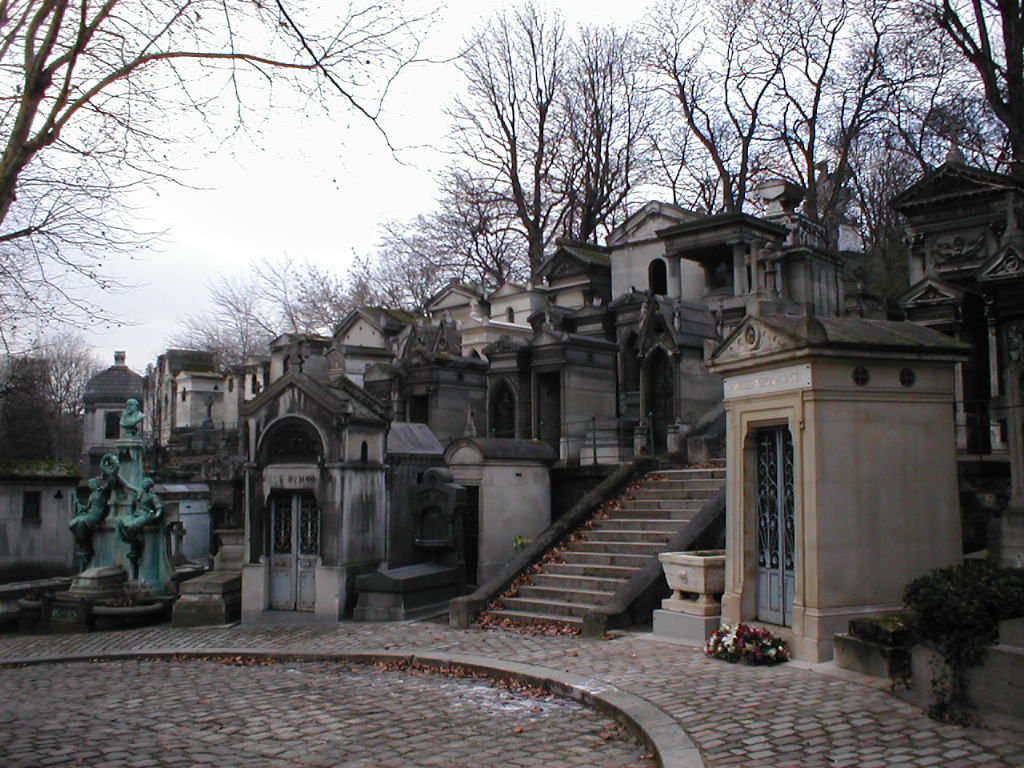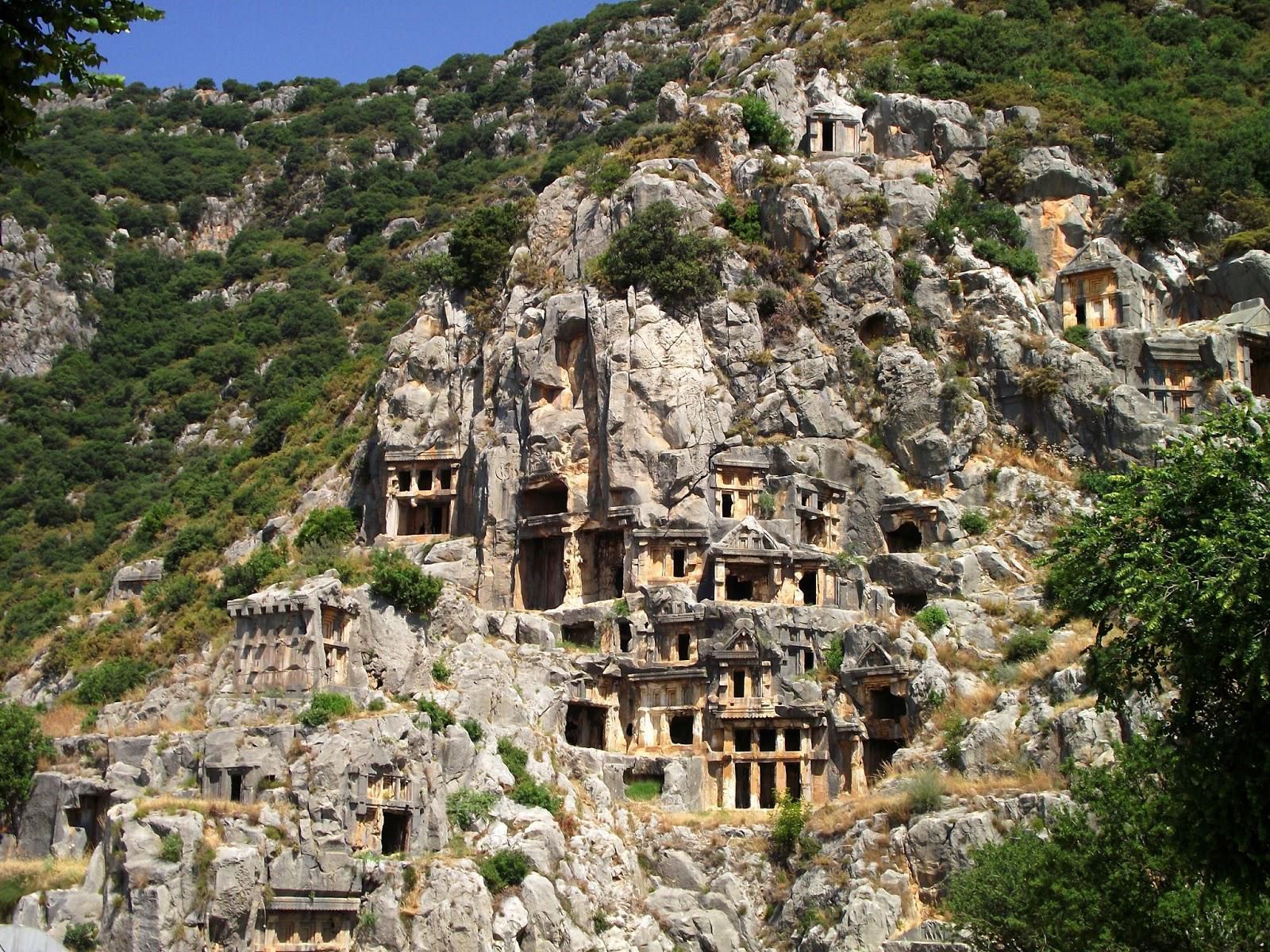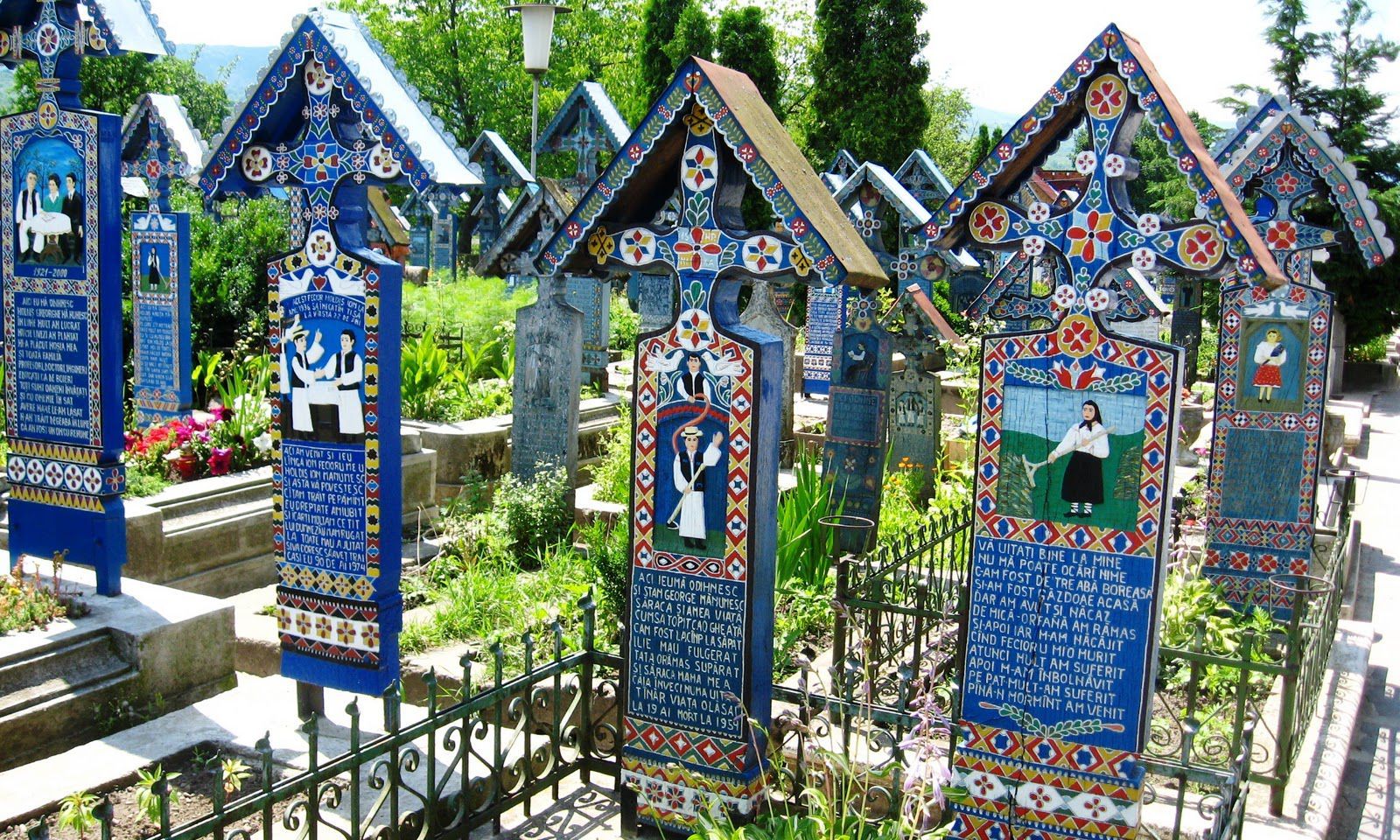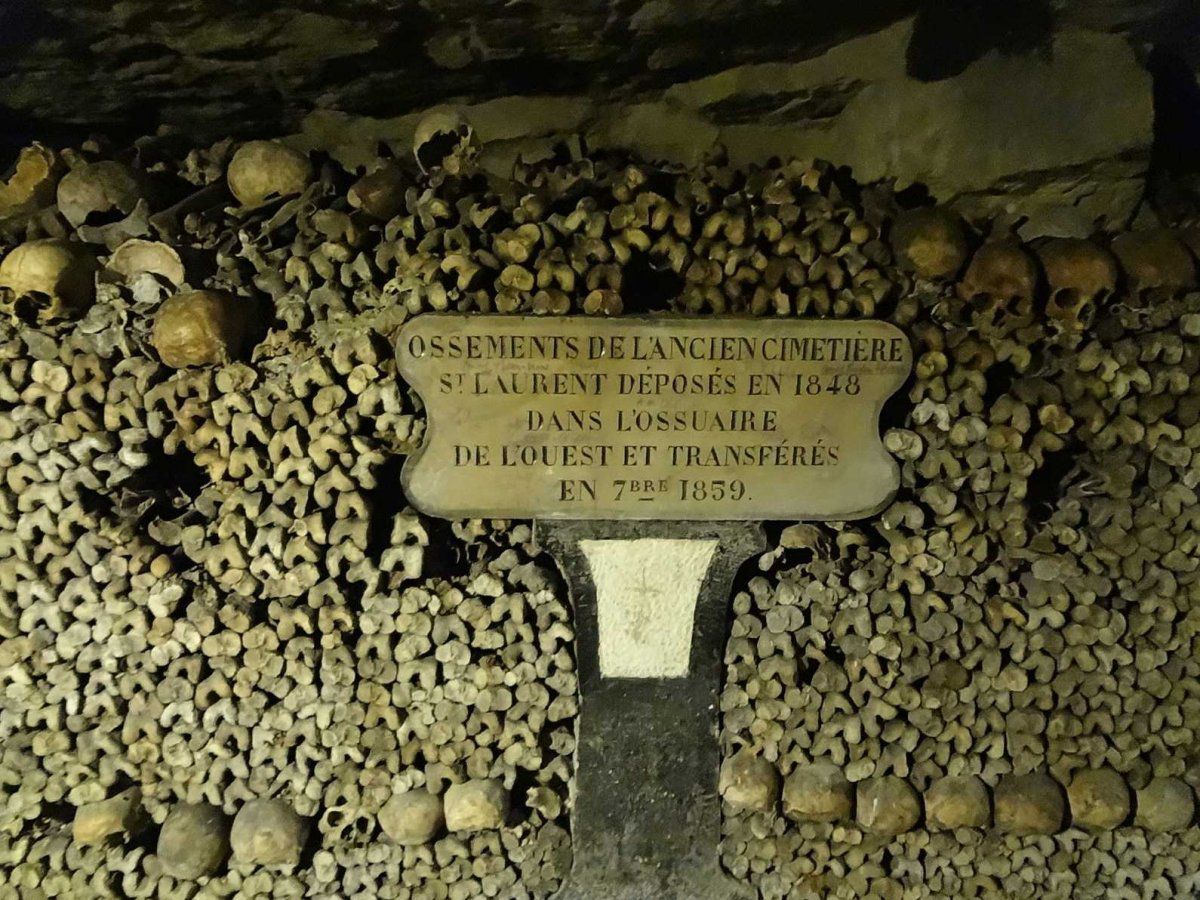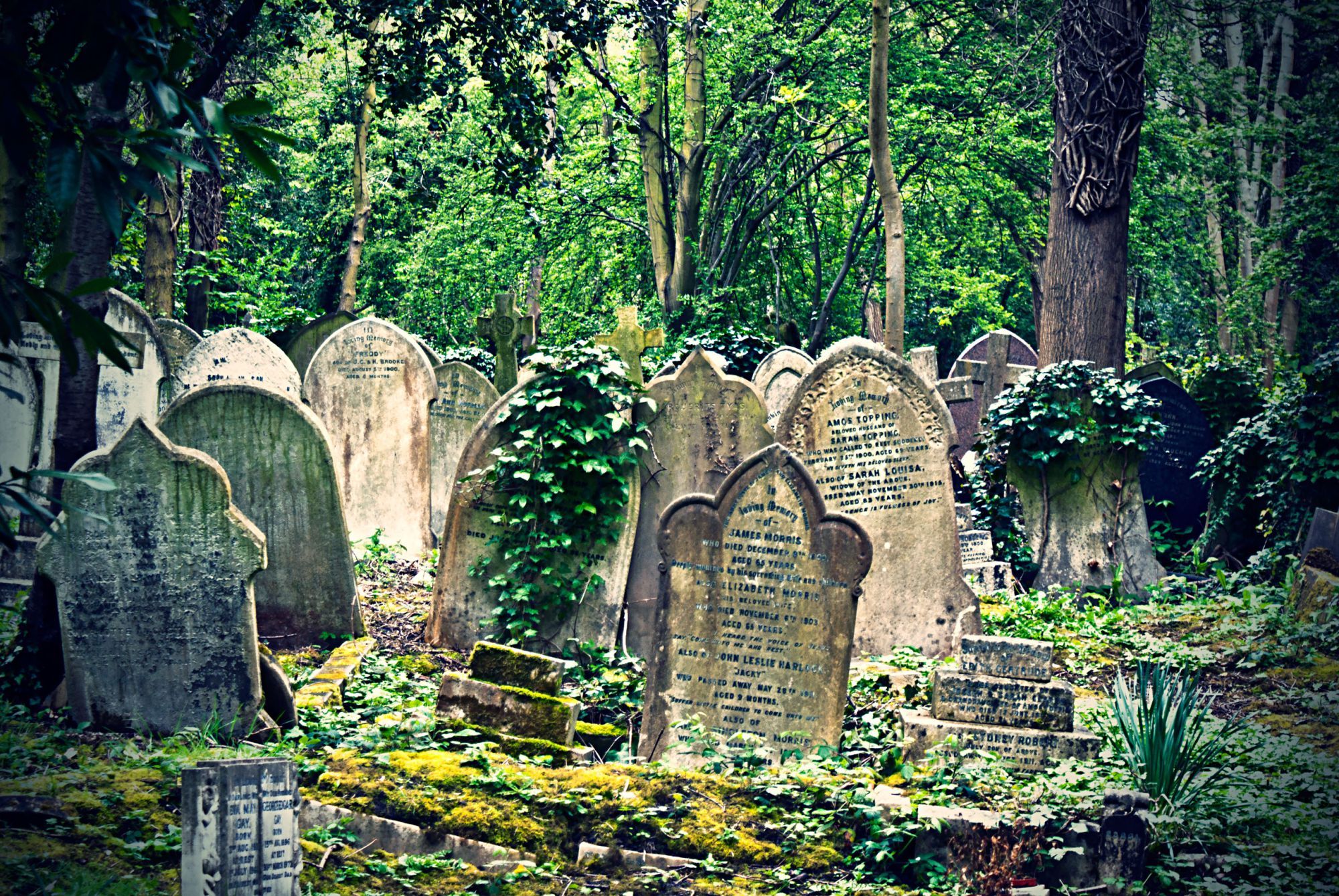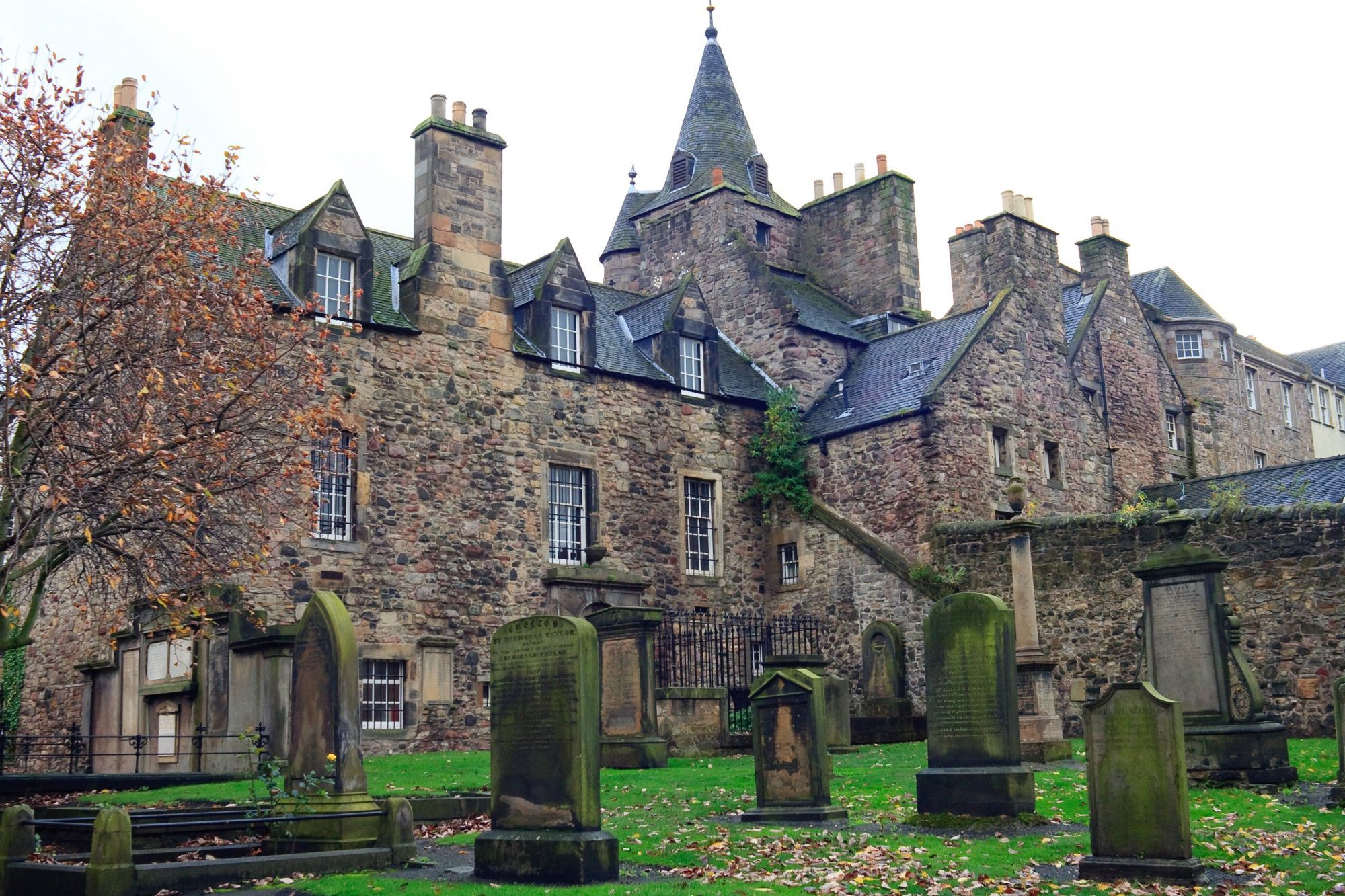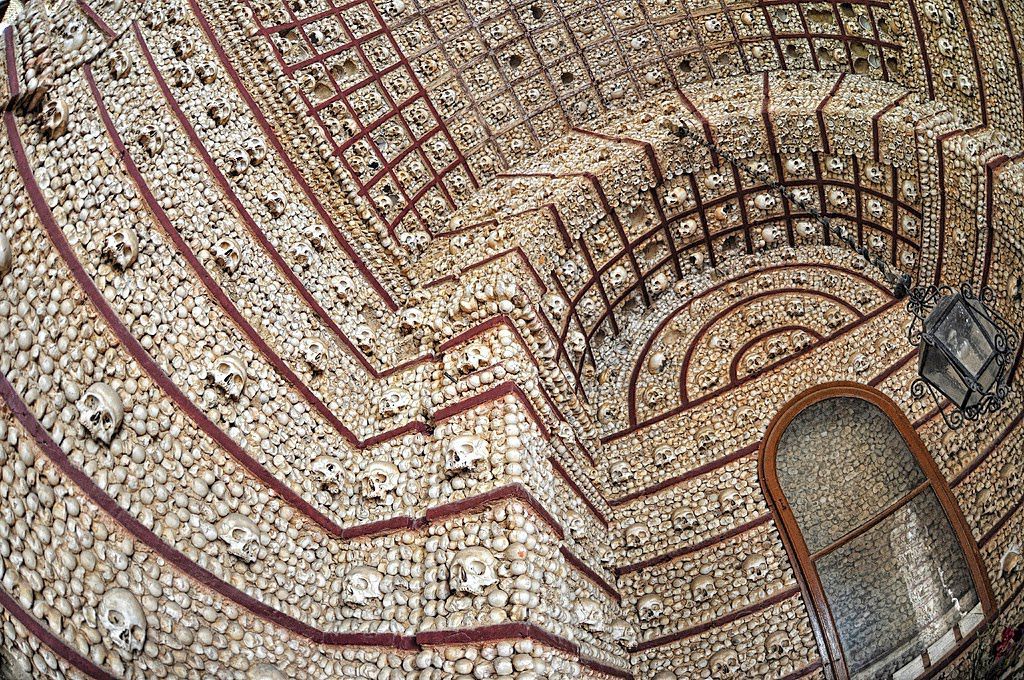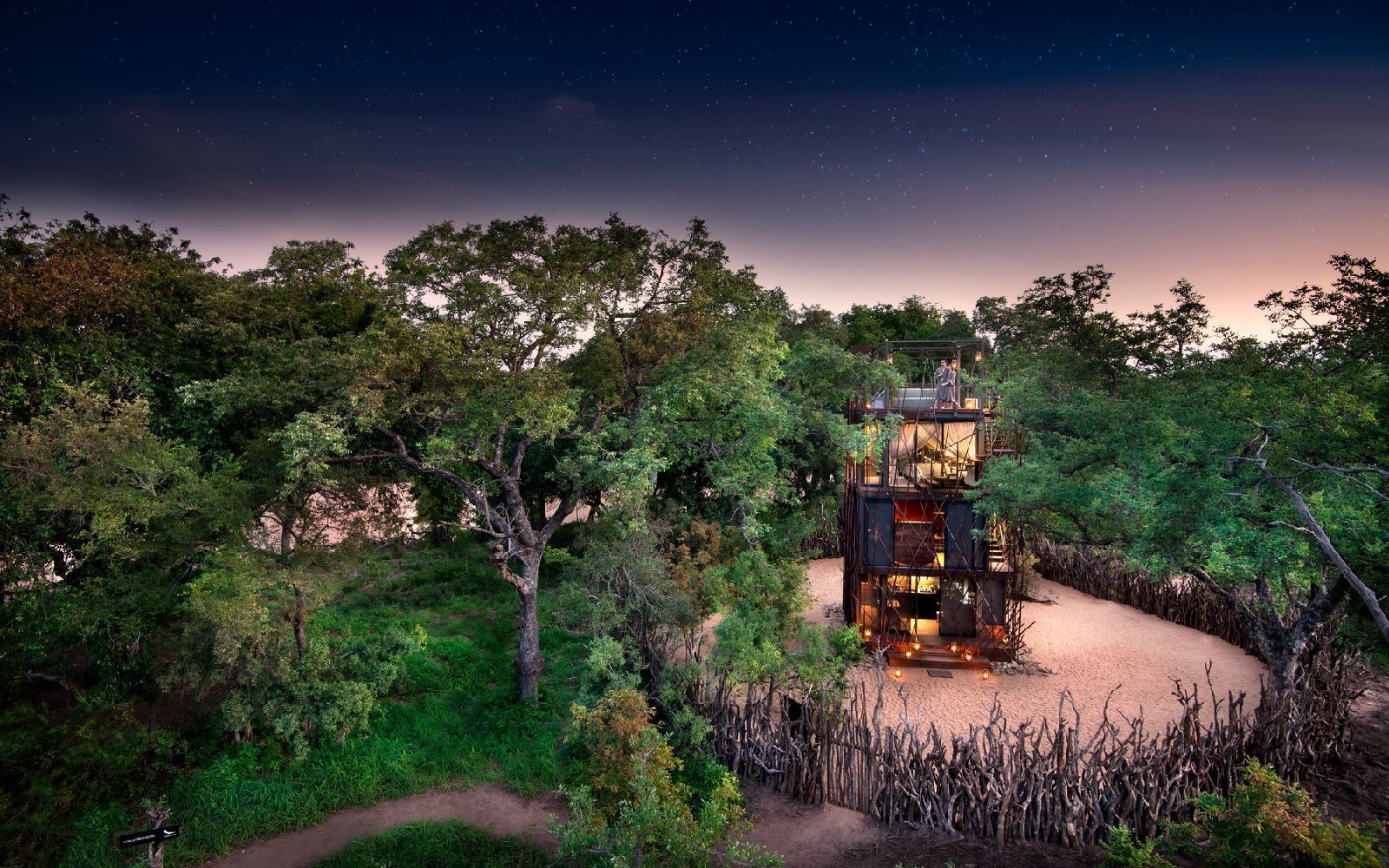
10 Cemeteries to visit around Europe Some of the most beautiful and distinctive examples of European art and architecture
For the weekly appointment with Sunday Escape, nss takes you on a journey to some of the most neglected targets: cemeteries.
Okay, it’s almost Halloween and that creepy atmosphere looks fascinating us as never before, but the reason why we talk about these places is that they often enclose beautiful and special examples of art and architecture, not just intriguing ghost stories.
If you do not believe it, keep reading here below what is hidden inside the 10 most interesting cemeteries in Europe.
#1 Père-Lachaise, Paris, France
It is the most famous and with its about 3 million visitors a year, one of the most popular cemeteries in the world thanks also to the many illustrious characters that are buried, by Jim Morrison to Oscar Wilde, from Marcel Proust to Édith Piaf, the French singer de La vie en rose.
Located in a hilly area east of the city in the twentieth arrondissement of Paris in the Boulevard de Ménilmontant, it covers an area of 44 hectares and is home to more than 70,000 graves and 5,300 trees. Designed by the architect Alexandre-Théodore Brongniart at the beginning of 1800, he takes his name from the Jesuit François d'Aix de La Chaise (Père La Chaise), confessor of Louis XIV and owner of many lands on which, during the Napoleonic period, was built.
Walking in this space is to take a journey into history, alongside the great figures of music, literature and through various artistic currents, from Gothic to Baroque. Among the many unique and original statues and tombs of Père-Lachaise, made by important artists such as Chapu, Barrias, Guimard, David d'Angers, Visconti, there are stele or sarcophagus structures decorated with columns or urns, angels or madonna.
Many of these examples of funeral art are protagonists of legends.
The most romantic? That of the Middle Ages Parisian lovers Abelardo and Eloisa: it is said that at the burial of the woman, twenty years after that of the beloved, Abelardo opened his arms to welcome her.
#2 Highgate Cemetery, London, England
If there is a cemetery that embodies the Gothic and spooky atmosphere of the English romances of the 1800s, this is definitely Highgate. Dating back to 1839 and designed by architect Stephen Geary, it is located in the homonymous northern London district.
Here, among other things, are Karl Marx, Michael Faraday, or the circus George Wombwell who sleeps watching from his lame black lion. In this cemetery, Lucy was buried in Bram Stoker's Dracula, the best friend of Mina, who was vampired by Dracula and then killed by vampire hunters.
Another legend links this place to vampires: for years it has been rumored that a vampire would be buried here in England from Turkey.
#3 Old Jewish Cemetery, Prague, Czech Republic
In the Old Jewish Cemetery in Prague, founded in the first half of the fifteenth century, about 12,000 tombstones are contained, although the graves are much more.
To watch over all the dead is the statue of Rabbi Judah Loew ben Bezael (also buried here), famous because it is linked to him the legend of Golem, a mud creature created by Loew to defend Jewish in the ghetto from persecution.
#5 The Merry Graveyard, Sapanta, Romania
In 1935 in Sâpânţa, a small village in the north of Romania, a few kilometers from the border with Ukraine, the carver and artist Stan Ioan Pătraş started an extravagant tradition: decorating the funeral crosses with a caricature of the deceased and some satyric rhymes on his life. Until 1977, the year Stan died, man created hundreds of these colorful tombs.
That’s why the Cimitirul Vesel is famous as the merriest cemetery in the world.
#5 Cimitero di San Michele, Venice, Italy
Before the arrival of Napoleon Bonaparte, the Venetian deceased were buried in an area next to the parish church belonging, only from June 12, 1804, it was decided to dislocate them on the island of San Michele. In this place, built on a Greek cross set in a square and bordered by a red brick wall, there are different atmospheres. Each of them is driven, being the cemetery poli-religious, by the religion field in which you are located.
Among the laurel trees, oaks, magnolias, rosettes and cloisters we point out the church of San Michele in Isola, a project by architect Mauro Codussi and considered the first Renaissance church in Venice, and tombs of illustrious characters such as writer Ezra Pound or the founder Russian Ballet Sergey Djagilev.
#6 Les Catacombes, Paris
“Arrêté! C’est ici L’Empire de la Mort, che significa”
(Stop! Here is the empire of death).
These “reassuring” words welcome those who are about to visit the Catacombs of Paris, an underground ossuary or, better, perhaps the world's largest necropolis. Perhaps because they still know only 250 km, but it is estimated that they extend for more than 300 km.
This long path extending along the Ville Lumiere dates back to the end of the 18th century and it appears that the remains of about six million people are still preserved. A place definitely not for weak hearts or claustrophobic people.
#7 Capela dos Ossos, Portugal
It is not a real cemetery, although it houses 5000 bodies. Capela dos Ossos is, like the Catacombs of Paris, a place for people not easily emotional. Why? Because this chapel that is located under the Church of São Francisco, in the city of Évora about 100 km from Lisbon, has walls completely covered with human bones, including chandelier, and some whole skeletons hanging from the walls.
It was built in the 16th century by a Franciscan counter-reformist monk who wanted to induce his confreres to a contemplation of life and death.
#8 Greyfriars Kirkyard, Edinburgh, Scotland
Mysticism, fear, spirits and ghosts.
Greyfriars Kirkyard, the cemetery of Edinburgh, has two distinct souls, a day and a night. By day, in fact, it is a beautiful verdant grass garden, full of trees and walkways. All another mood is there overnight. At suns, t it becomes the set of a long series of paranormal phenomena, for many linked to the presence of the mausoleum of Sir George Mackenzie of Rosehaugh, renamed Bluidy Mackenzie.
Greyfriars Kirkyard, in addition to being Scotland’s most haunted site, has become famous in recent years thanks to J. K. Rowling, the writer of Harry Potter, who loved walking here, taking inspiration from the atmosphere and names imprinted on the tombstones. One of them is Thomas Riddell, the real name of Lord Voldemort.
#9 Milan Monumental Cemetery in Italy
The Monumental Cemetery in Milan is a collection of architectures of open-air sculpture works.
Here, among the remains of Alessandro Manzoni, Salvatore Quasimodo and many more, multiply the buildings from the Byzantine references, Gothic and Romanesque, as well as beautiful statues.
Millions of details to discover.
#10 Myra Necropolis, Turkey
The rock-cut tombs make the necropolis in Myra one of the most evocative archaeological sites in Turkey.
Among the ruins of this Hellenic city that lived its most splendid period in the 2nd century BC, it seems that the Holy Grail was hidden.
What is certain is that here was buried St. Nicholas, patron of the city, famous for being the inspiring figure of Santa Claus.










































